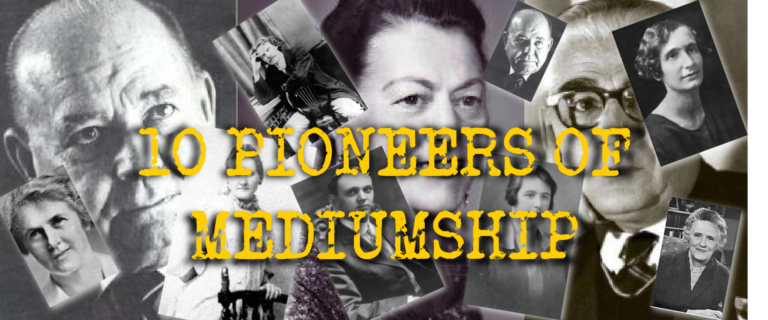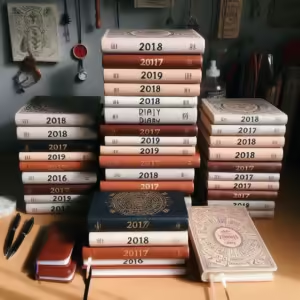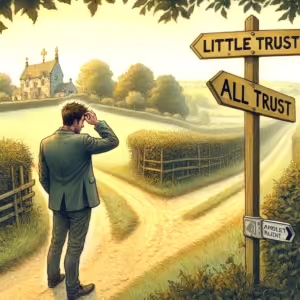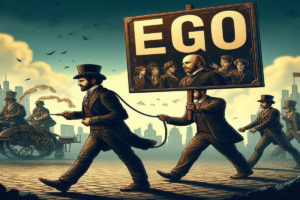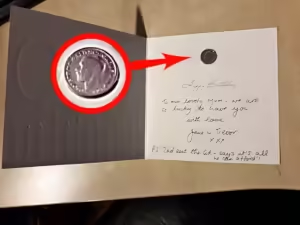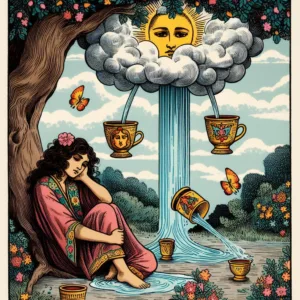This article’s content was initially researched using AI questions to gather some information. The information has been checked for accuracy and rewritten where necessary.
Humans have communicated with the afterlife for hundreds of years. Some philosophers and theologians suggest that Christ was a medium of his time. Throughout history, mystics and seers have claimed to be able to access the spirits and souls of people who have passed from this world.
The most well-known medium, in the purest sense of the word, was Emanuel Swedenborg, who lived in the 1700s. His work in communicating with the spirit world remains important to this day. His research and experiences are still believed to be some of the finest in history, and his books continue to sell worldwide. These books are essential reads for anyone interested in the history of mediumship.
The 19th century saw a surge in the popularity of communicating with the spirits of the deceased, which became a prevalent social activity. This was mainly due to the creation of Spiritualism, a religion that emerged from the events in a Hydesville cottage in 1848, known as the rappings. Spiritualists became the ‘umbrella’ name for people following this interest as part of the newly formed Spiritualist movement.
In this series, some of the most excellent mediums of modern-day spiritualism will be briefly presented to you. The mediums included are in no particular order of abilities. Each of these mediums contributed uniquely to the spiritualist movement, leaving behind a legacy that continues to inspire both believers and researchers in parapsychology and psychical research. Their impact on spiritualism and the broader cultural and religious landscape of the world of spirit communication.

